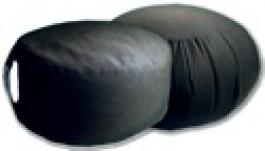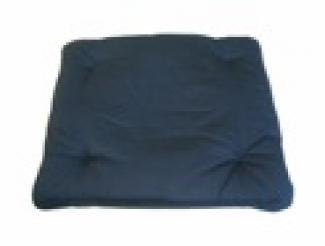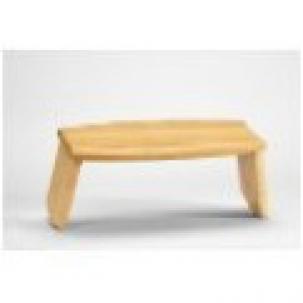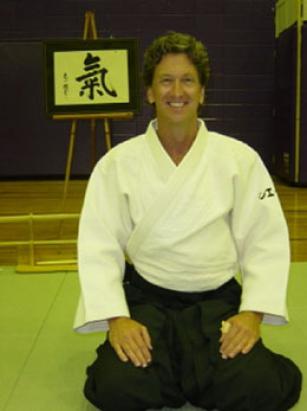Introduction to Zazen ("Just Sitting")
The practice of "just sitting," also known as mindfulness meditation or by its Japanese name, zazen (or zuochan in Chinese), is the central practice method utilized in Pragmatic Buddhism. Each week, CPB monks, formal students, members and guests join as a community to practice zazen. This communal setting enhances our individual practice just like any shared experience, as the group calls on the individuals to remain focused on the practice at hand. Unlike many forms of meditation where the goal is to block out the external world to focus internally, zazen pays attention to all sensory experiences, and is therefore called "awareness cultivation" at the Center for Pragmatic Buddhism. This practice is essential to "train the brain" to pay more attention throughout our everyday lives, so that we might embrace a deep awareness without attaching unnecessary linguistic labels to our experiences. This may be called nonjudgmental awareness.
A major goal of awareness cultivation is to become aware of our own mental dispositions. No matter what you observe (anger, stoicism, happiness, sadness, etc), it is important for you to know intimately your own mind, so that you can identify the negative characteristics (greed, hatred, resentment, self-loathing, dogmatic views, etc). By becoming aware of negative aspects of our intentionality, we can work—through regular zazen training and the nonjudgmental awareness that results—to let them go. At the same time we are working on "letting go," we actively engage perspectives and attitudes that are positive and healthy for us. In Pragmatic Buddhism, positive and healthy perspectives and attitudes include an awareness of interconnectivity, interdependence and the genuine extension of altruism and pluralism that results.
While practicing zazen, the human brain actually changes its physiology to induce a more relaxed and deeply calm state of awareness. Over time the brain itself changes its underlying structure to increase the capacity for awareness. Thus, with experience, the brain is able to remain aware of more aspects of our daily life than before training began. If we have an increased capacity for awareness, we are better able to navigate our world with effectiveness and happiness. Because of this insight from modern science, we see that there is more to zazen than "just sitting"! See our "Meditation & Health" section for more information about the changes that take place after regular zazen practice.
Location, Timing and Meditation Supplies
Remaining mindful of the location for your practice, as well as the timing are essential in regular zazen practice. A quiet and comfortable environment, such as a bedroom in your home that can be closed off from other human voices will work well. During comfortable times of the year, the outdoors is an excellent setting. It is preferable that you sit around the same time each day—when possible—as our bodies get accustomed to cyclical schedules, and this facilitates the meditative mindset. We truly are creatures of habit, and this can be a healthy and positive characteristic for regular practice, particularly once that practice is firmly established. Proper sitting supplies, such as a zafu (meditation cushion) and zabuton (under-cushion), or a seiza bench are very helpful; simpler everyday items, such as a large pillow from your home can work wonders when formal practice supplies are not available.

Zafu

Zabuton

Seiza Bench
The Posture
The most important part of sitting for meditation is proper centering and balance; if these two elements are not observed first, the body will fatigue more quickly and pain or discomfort in the postural muscles of the back might distract the practitioner from his or her sitting practice. Additionally, relaxation of muscular tension is a requisite to a good zazen posture.
A Note About Joint Health: Before attempting to sit in any of the traditional meditative postures outlined here (all except the "chair" position), be sure that your bodily joints, especially the hips, knees and ankles are healthy enough for the posture. If you have had or have arthritis, degeneration or surgeries, be sure to check with your physician prior to engaging the postures listed here. For many, mild stretching exercises prior to sitting will be sufficient to "warm" the muscles and greatly enhance comfort. If you are unsure, however, progress slowly and begin with more conservative postures, such as sitting in a chair.
Begin by situating yourself over your meditation cushion (zafu), and then assume one of the four recommended meditation postures. The Center for Pragmatic Buddhism teaches four primary meditation postures: 1) half lotus, 2) Burmese, 3) seiza, and 4) chair (see examples below). In the preferred posture, bring yourself upward and forward, so that most of your weight is transferred into the legs. Now slowly and mindfully relax back into an upright posture, and then exhale, allowing all muscular tension to fall away from the neck and shoulders downward. Next allow the belly to relax outward so that you can utilize deep breathing (from the diaphragm), and then be sure the head is centered over the neck instead of leaning forward and downward.
Half Lotus
The half lotus is like the lotus except that only the non-dominant foot is tucked into the dominant thigh. Thus, if you are right-handed, your right foot and leg will be flush against the ground and the left foot will be tucked into the right thigh at the knee; the left knee will go as close as possible to the ground for proper balancing.
Burmese Posture
The Burmese style posture is like the half lotus, except the non-dominant foot is not tucked, and instead is placed along the ground in front of the dominant leg, allowing for a more centered posture in those who are less flexible than the half lotus requires.
Seiza Posture

Shaner Sensei sitting in seiza posture.
With the seiza posture, place the legs parallel to one another and flush to the ground, with toes pointed behind you. It is especially important to have a soft mat or zabuton to prevent discomfort while sitting in seiza.
Chair
For those who are unable to sit in a traditional posture, sitting in a chair, while retaining the principles of proper centering and balance, will work just fine!



